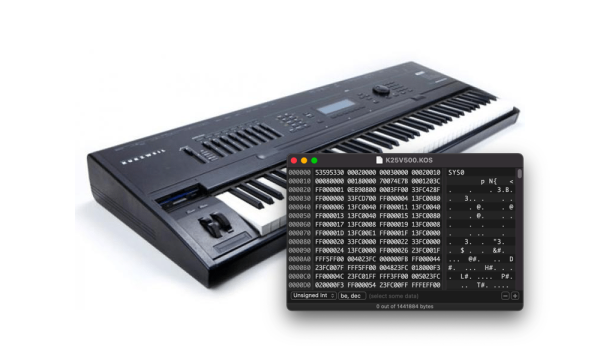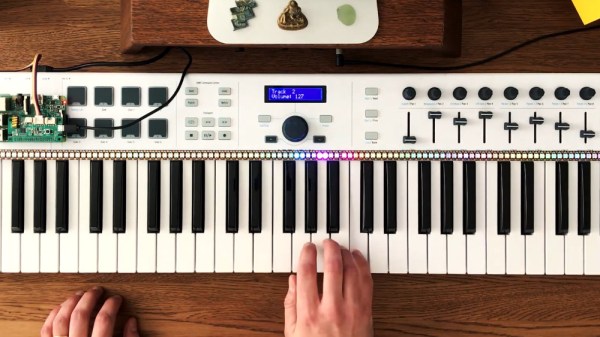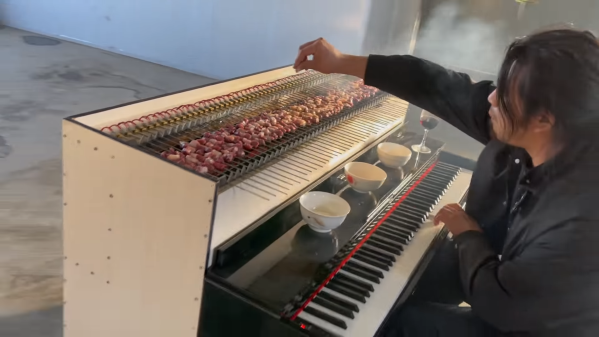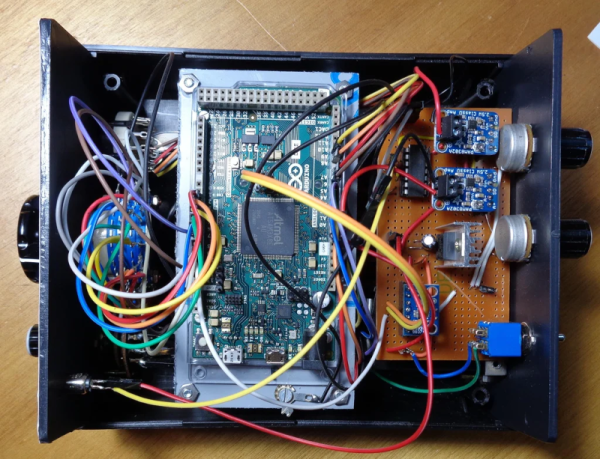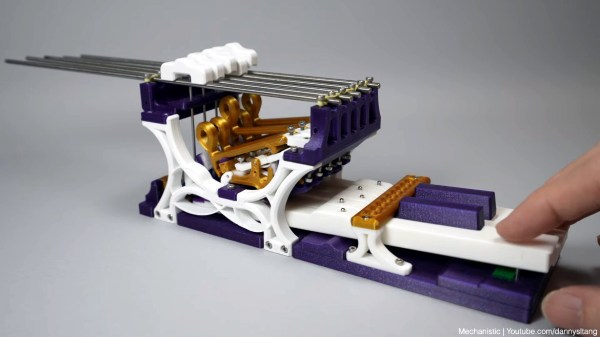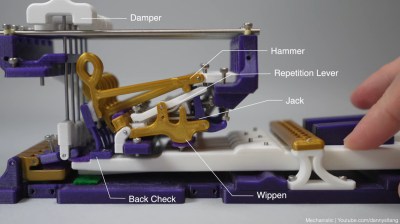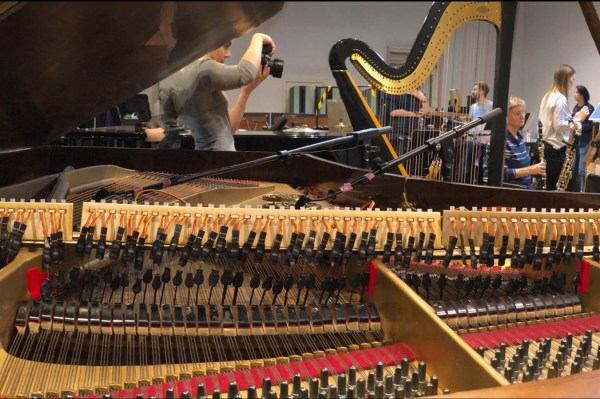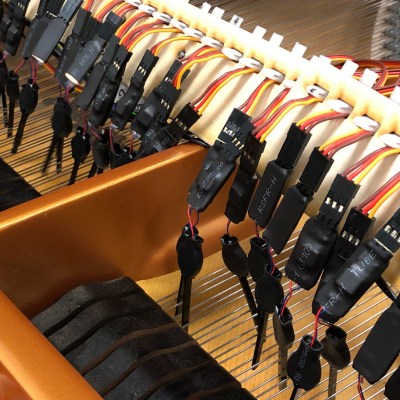Despite being a computer with some extra chips, synthesizers today are still quite expensive. They used to cost far more, but we tend to think of them as instruments instead of computers. And just because it is an instrument doesn’t mean someone like [Peter Sobot] can’t crack it open and patch the OS inside.
The synth in question is a Kurzweil K2500, released in 1996 with a Motorola 68000. Rather than directly start pulling out parts on the kitchen table, [Peter] began by doing some online research. The K2500 operating system is still available online, and a quick pass through Ghidra showed some proper instructions, meaning the file likely wasn’t encrypted.
He found the part of the code that reads in a new firmware file and checks the header and checksum. Certain functions were very high in memory, and a quick consultation of the service manual yielded an answer: it was the volatile RAM. With that tidbit, [Peter] was able to find the function that copied chunks of the new ROM file to RAM and start decoding the file correctly. [Peter] changed a few strings, made sure the checksums were correct, and he was ready to flash. The actual tweaks that [Peter] are made are left up to the reader, but the techniques to get a working decompiled build and a viable ROM image to flash apply to many projects. One benefit is now the K2000 simulates correctly in MAME due to his spelunking. He has his flashing script up on GitHub for the curious.
Ghidra is perfect for this kind of thing. We’ve seen people tweaking their water coolers with it. It opens to door towards tweaking anything to your liking.

